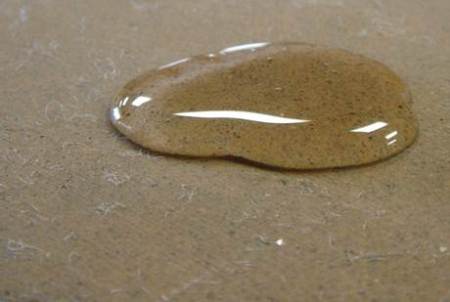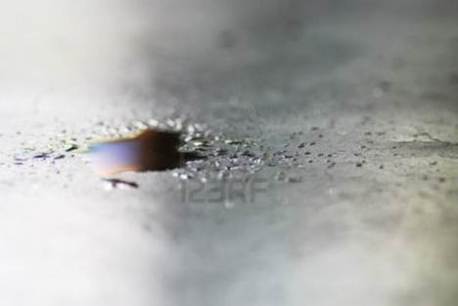How Do I Know What Hard Surface Floor I Will Be Cleaning? – Floor Identification Series – Part 4 of 7 – Porosity
Testing Procedures for Floor Identification:
There are actually six different “tests” or evaluations you can perform to zero in on the type of floor you are being asked to clean. This post will focus on the third testing and evaluation step – determining the porosity of the floor (how well does it repel a water or oil based spill).
- Porosity – Place a few drops of water on a part of the floor you have wiped clean. Watch to see how quickly the water is absorbed. Porcelain and glazed ceramic will absorb so little water that you will not notice it being absorbed.
- Unsealed terracotta will absorb water rapidly.
- Stone will absorb water at differing rates darkening the stone as it soaks in. Water may take 10 minutes or longer to soak into highly polished marble and some granite.
- The presence or absence of seal will affect the absorption rate.

- Cleaning application – an unsealed porous stone floor is more likely to have permanent stains you can’t remove. In worst case scenarios the floor may permanently darken after cleaning. The stone needs to be sealed. Consider the application of HydraSealer, a premium water based sealer for grout, natural stone and concrete.
Tags: concrete, Grout, HydraSeal, porosity, seal, stone





